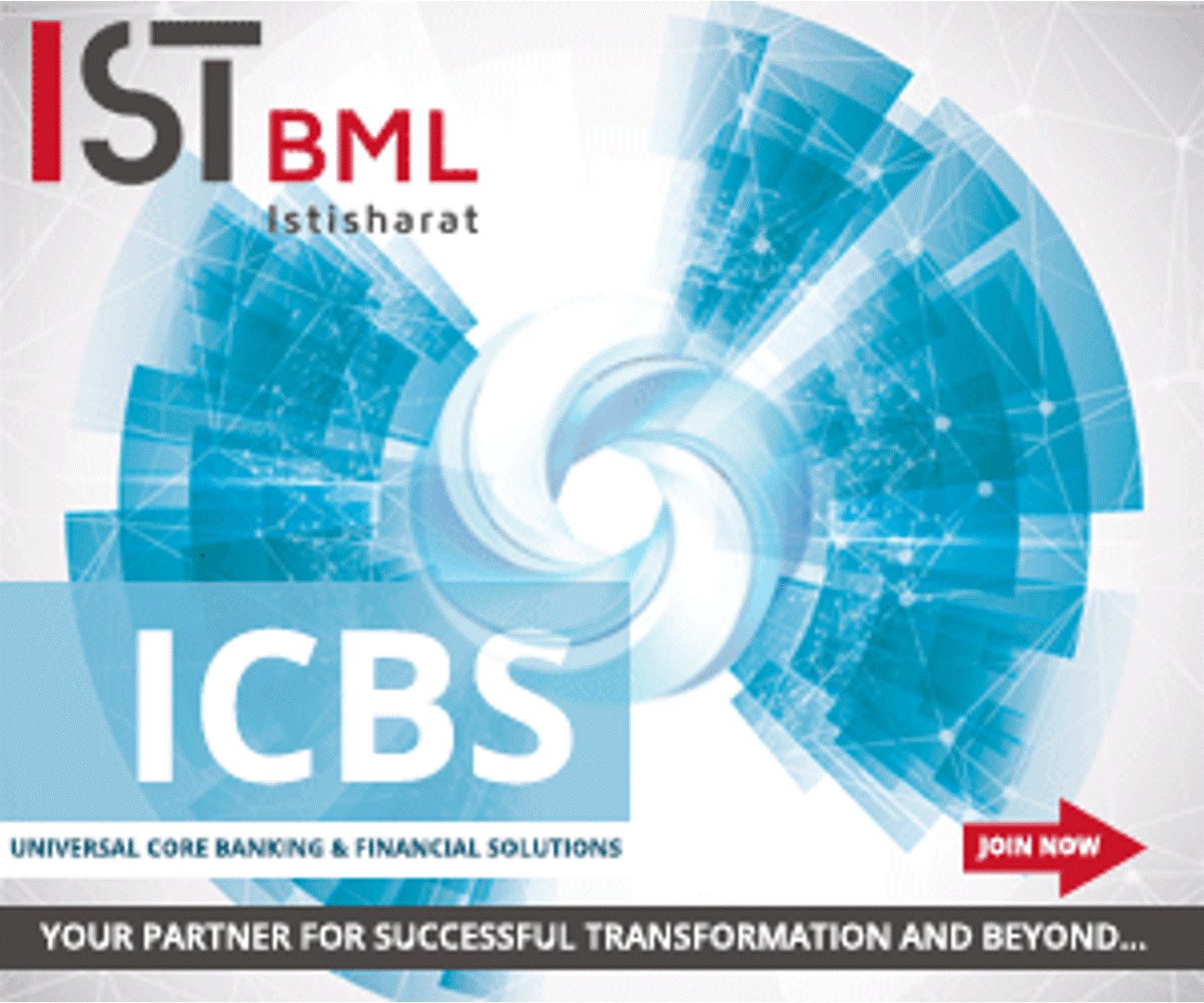 Back
Back
Women-led SMEs in Tier 2 India drive surge in digital financial tool adoption, study shows
By Puja Sharma

- Around 87% of women using Tide’s business financial platform are from semi-urban cities and towns
- Top business categories run by women: medical, law and tax consultants
- Findings resonate with the Government’s ‘Atmanirbhar Bharat’ campaign that focuses on empowering India’s Tier-2, 3, 4 and beyond towns
Women business owners from smaller cities and towns across India are frontrunners in adopting digital solutions, according to data from 200,000 SME members on business financial platform Tide. This year’s International Women’s Day’s theme is ‘Inspire Inclusion’, making women business owners ‘Atmanirbhar’. Tide currently has 23,000 female members on its platform, of which 87% are from semi-urban cities and towns.
Tide’s data indicates that Maharashtra and West Bengal are the top states, with 13% (each) of women entrepreneurs from smaller towns adopting digital business tools. This is followed by 12% from Uttar Pradesh, 10% from Bihar, and 8% from Madhya Pradesh and Odisha each. With evolving consumer behaviour and growing aspirations, Tier 2, 3, 4 and beyond towns, often termed as ‘Bharat’, are emerging as centres of growth for SMEs in India.
Consultants from medical, law and tax sectors make up the bulk of the typical profile of women entrepreneurs from the state. Other types of business owners include small neighbourhood shop owners, freelance beauticians, fashion designers, make-up artists, tutors, as well as home chefs and bakers. These women-led businesses employ 0-9 people. Tide knows from its overall member base that reducing the cost of doing business and optimizing resources for admin services are critical to improving business efficiency.
Gurjodhpal Singh, CEO, Tide in India said, “The popular notion is that entrepreneurs in metro cities are highly tech-savvy. Yet, a rising aspirational class in Tier 2, 3, 4 cities and beyond, appears to be keener on digitizing their business to save time and costs. It would not be wrong to say that women entrepreneurs from Bharat are emerging as the true beacon of ‘Nari Shakti’.”
Gender inequalities broadly dominate among the salaried class, where women earn about 24% less than men, affecting women’s aspirations and their ability to enter formal workplaces. These are often cited as reasons why women turn to entrepreneurship. For example, in 2023, salaried women worked an average of 43 hours per week, while self-employed women spent around 30.1 hours at work per week. This shows that being entrepreneurs gives them more control over their time as well as the flexibility and financial freedom they value. Tide data also reveals that more women (80%) in the Gen Z (12 – 27 years) and millennial age groups (27 – 40 years) pursue entrepreneurship to empower themselves financially.
Tide is committed to bringing 500,000 women in India onto the platform by the end of 2027, part of a global pledge to support women entrepreneurs.”
Tide in India has more than 200,000 members, of which more than 10% are women. In line with its global Women in Business programme to support female entrepreneurs, Tide’s commitment includes policy awareness programmes, and partnerships with women-focused incubators to bring more women under the formal economy through digitisation.
IBSi FinTech Journal

- Most trusted FinTech journal since 1991
- Digital monthly issue
- 60+ pages of research, analysis, interviews, opinions, and rankings
- Global coverage
Other Related News
Related Reports

Sales League Table Report 2025
Know More
Global Digital Banking Vendor & Landscape Report Q2 2025
Know More
NextGen WealthTech: The Trends To Shape The Future Q4 2023
Know More
Intelligent Document Processing in Financial Services Q2 2025
Know More


